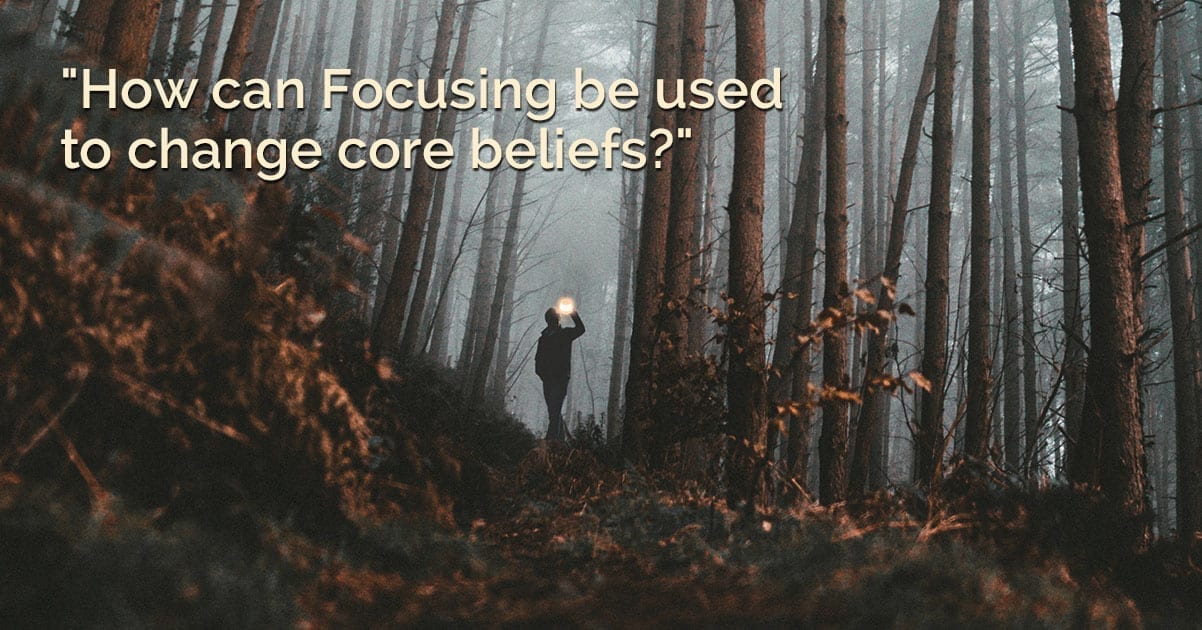Jim writes:
Can (and how can) focusing be used to change core beliefs? Do I turn to the belief and say (for example) “something in me believes I don’t know anything” or “something in me believes I have nothing to say”?
Then what?
Also, beliefs aren’t obvious in the same way that strong emotions are, in fact it seems that although they are always there they can’t be felt. One has to work with them knowing that they are there somewhere but not being able to sense them directly. How does one do that?
Dear Jim:
I don’t call these beliefs. Once you call “I have nothing to say” a belief, you have already half signed onto it. What is actually happening is that a part of you is saying this in order to have an effect on you.
The parts of us that say these things, do so not because they believe them, but because they are trying to prevent us from doing something.
For example, let’s say a part of you believes that saying anything will get you in trouble. So it will say, “I have nothing to say” (or “you have nothing to say”) – not because it believes you have nothing to say, but because it wants you not to say anything and this is a very effective way to get that result.
Complex? Sure! But this is what Barbara McGavin and I have discovered through over 20 years of working with this pattern. There is a type of part that says things like “You will never finish the project” or “You are not the type of person who can succeed at this.”
One could call them “beliefs,” sure. But we have found it much more useful to see them as levers. They are attempts by a part of us to make or prevent something happening.
So what do you do?
Start with “something in me SAYS I have nothing to say.”
Then: “I am saying Hello to that.” (It doesn’t matter that you can’t feel it in your body. It is around somewhere, and it can hear you!)
Next take some time to sense what this part of you is worried about, that is behind its saying that.
And keep listening.







